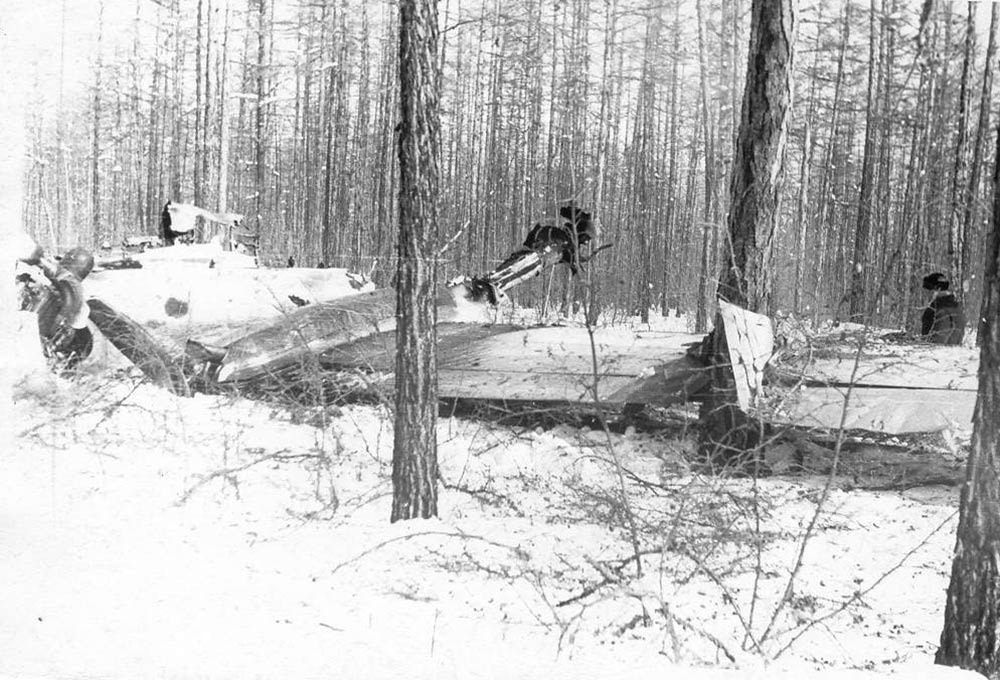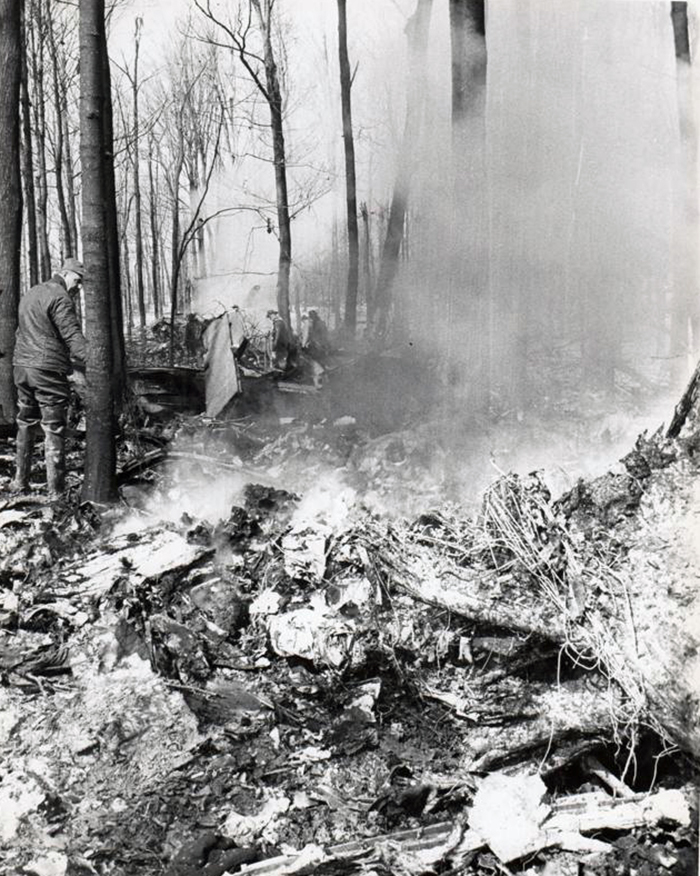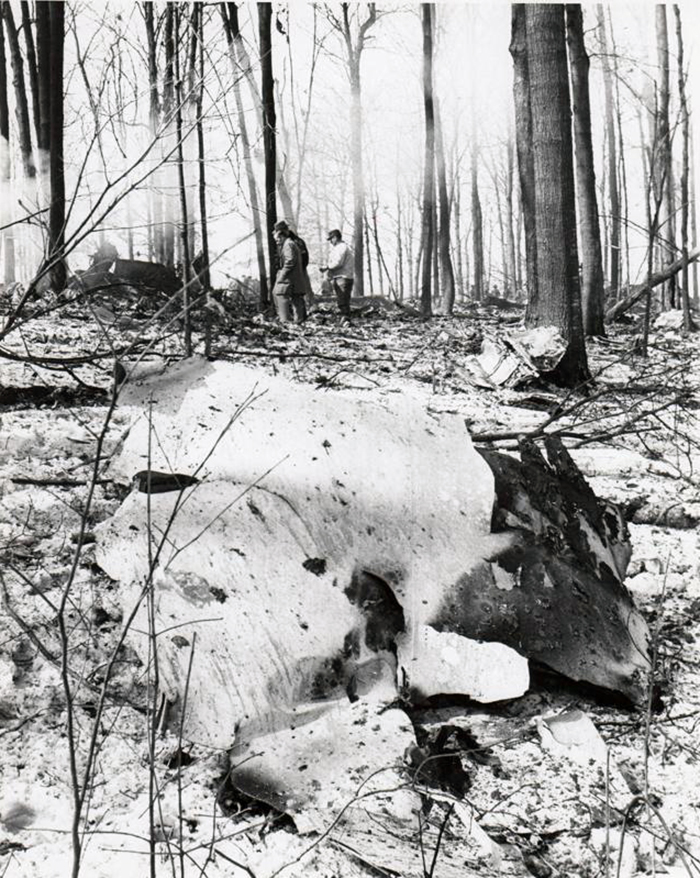Crash of a Douglas DC-4 in Tamanrasset: 35 killed
Date & Time:
Apr 11, 1967 at 2014 LT
Registration:
7T-VAU
Survivors:
Yes
Schedule:
Algiers – Ghardaïa – Hassi Messaoud – In Amenas – Djanet – Tamanrasset
MSN:
3065
YOM:
1943
Crew on board:
6
Crew fatalities:
Pax on board:
33
Pax fatalities:
Other fatalities:
Total fatalities:
35
Circumstances:
The four engine aircraft was completing a flight from Algiers to Tamanrasset with intermediate stops in Ghardaïa, Hassi Messaoud, In Amenas and Djanet. It was scheduled that some tourists should embark at Djanet Airport but for unknown reason, no one embarked or disembarked at Djanet. While approaching Tamanrasset Airport by night, the crew failed to realize his altitude was insufficient when the airplane struck a mountain slope located 8 km from the airport and exploded. The wreckage was found about 300 meters below the summit and the aircraft was completely destroyed by impact forces and a post crash fire. Four passengers were seriously injured (two Algerians and two Swiss) while all 35 other occupants were killed, among them Swiss and French tourists.
The Swiss citizens killed were:
Peter Messikommer,
Reinhard Wyss,
Hans Grieshaber,
Christina Grieshaber,
Wilhelm Leisinger,
Othmar Lienhard,
Fritz Matter,
Emma Holenstein,
Jacques Bachmann,
Werner Luethy,
Raymond Dorner,
Gilberte Dorner,
Anne-Marie Lombard,
Michel Sechy,
Mrs. Sechy,
Juerg Sechy.
Those who survived were:
Jacques Lombard,
Aurelio Fogacci.
The Swiss citizens killed were:
Peter Messikommer,
Reinhard Wyss,
Hans Grieshaber,
Christina Grieshaber,
Wilhelm Leisinger,
Othmar Lienhard,
Fritz Matter,
Emma Holenstein,
Jacques Bachmann,
Werner Luethy,
Raymond Dorner,
Gilberte Dorner,
Anne-Marie Lombard,
Michel Sechy,
Mrs. Sechy,
Juerg Sechy.
Those who survived were:
Jacques Lombard,
Aurelio Fogacci.
Probable cause:
Controlled flight into terrain.





















